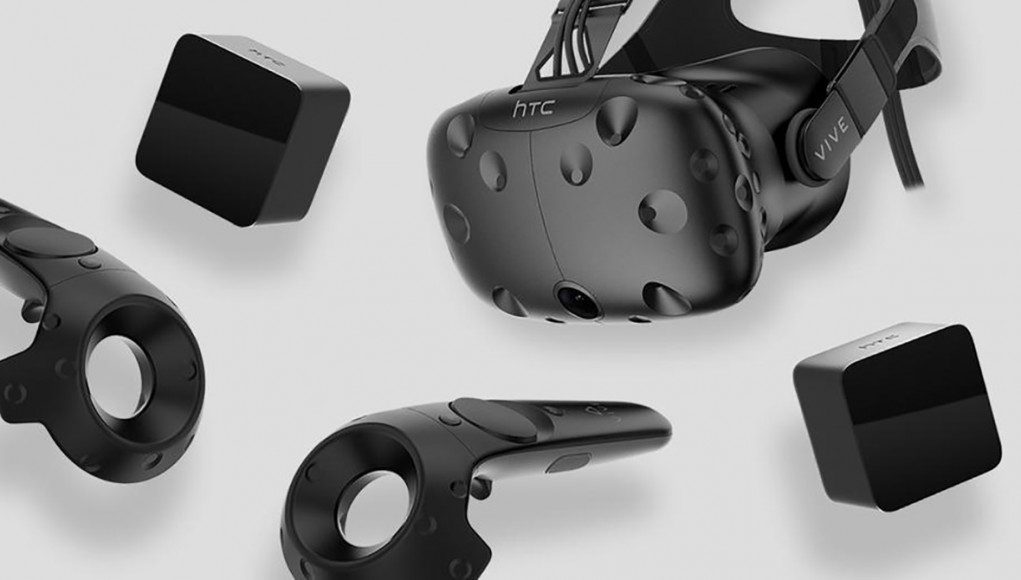Chialin Chang, HTC’s President of Smartphone and Connected Devices Business, made his immediate resignation official last week, which HTC now confirms has prompted the company to merge its smartphone and VR divisions—a move that possibly points to the HTC putting greater focus on VR in the face of the company’s waning smartphone business.
Update (02/24/18): The Verge has confirmed with HTC that it will undergo management reorganization.
“We have recently brought our smartphone and VR businesses under common leadership in each region. Today, we announced a restructure in North America for the HTC smartphone business that will centralize the reporting structure within the region,” HTC told The Verge. “In doing so, there have been some employee reductions to align the businesses and empower the teams to share more resources.”
The report contends that layoffs are hitting US-based staff, allegedly counting between “a few dozen to around 100 people.”
The original article follows below.
Original article (02/14/18): HTC told Engadget that Chang stepped down from his 6-year stint at the company to pursue his “personal career plan,” exactly what that entails, we’re not sure at this time.
According to a report by China-based tech publication YiVian, five general managers, most of whom oversaw VR divisions in the company, will be taking charge of both smartphone and VR business moving forward in their respective regions.
- Daniel O’Brien, GM of HTC VIVE Americas, is now GM of HTC Americas.
- Alvin Wang Graylin, GM of HTC VIVE China, is now GM of HTC China.
- Raymond Pao, VP of HTC VR New Technology, is now GM of North Asia.
- Paul Brown, GM of HTC VIVE Europe, is now GM of HTC Europe.
- Chen(陈柏谕), GM of HTC smartphone Taiwan, is now GM of HTC Taiwan.
HTC’s smartphone business has been struggling in face of big names such as Samsung, Apple, and the growing Chinese brand Huawei, but if the report holds true, and HTC is indeed promoting VR execs to greater places of power, it could signal a decisive repositioning of HTC from a smartphone-first company to a primarily VR-first company. Considering HTC recently sold off much of its smartphone team to Google in a $1.1 billion deal, which saw half of HTC’s smartphone R&D division transferred to Google, they’ll need VR more than ever.







